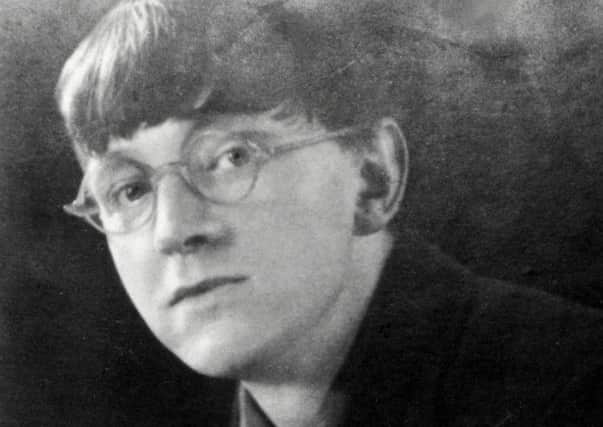David Jones' locker: How do you tell a story like this?


He might have been thinking of the task facing any biographer of David Jones. Jones is one of the most important British poets of the 20th century, but he was also a combatant in the First World War, a Catholic convert, a man who naively hoped that Hitler was just the necessary Valerian to a future, an agoraphobic, a man thrown out of churches for looking like a tramp, an astonishing painter, a carver of lettering unsurpassed, a man who fell hopelessly in love, and a virgin.
He was befriended by TS Eliot, studied under the notorious Eric Gill, and was championed by Kenneth Clarke. His admirers included Stravinsky, Dylan Thomas, Seamus Heaney and Hugh MacDiarmid. Most of the while he was living in almost monastic poverty. So how do you simplify a life like that?
Advertisement
Hide AdAdvertisement
Hide AdDilworth’s biography does it simply: a bit of blunt Freud, a mess of anecdotage, and odd minutiae over deep reading. I do not need to know – yet was told three times – that Jones, in his poverty, breakfasted on grapefruit and boiled eggs.
There is a confetti of detail, and very little analysis of a singular life and oeuvre. But Dilworth does provide some strong readings of the visual art, particularly how Jones’s leg wound in the war was translated and transfigured in his paintings.
Dilworth praises Jones, but does so with such inaccurate hyperbole that I fear it will drive readers from the work. Calling In Parenthesis the “only” epic in English is a disservice to Christopher Logue, Derek Walcott and Charles Olson.
Jones ought to be part of the established canon; that he is not is a shame. But to make him accessible needs someone who can walk the reader across the lines. That many referred to him as saintly is not unimportant.